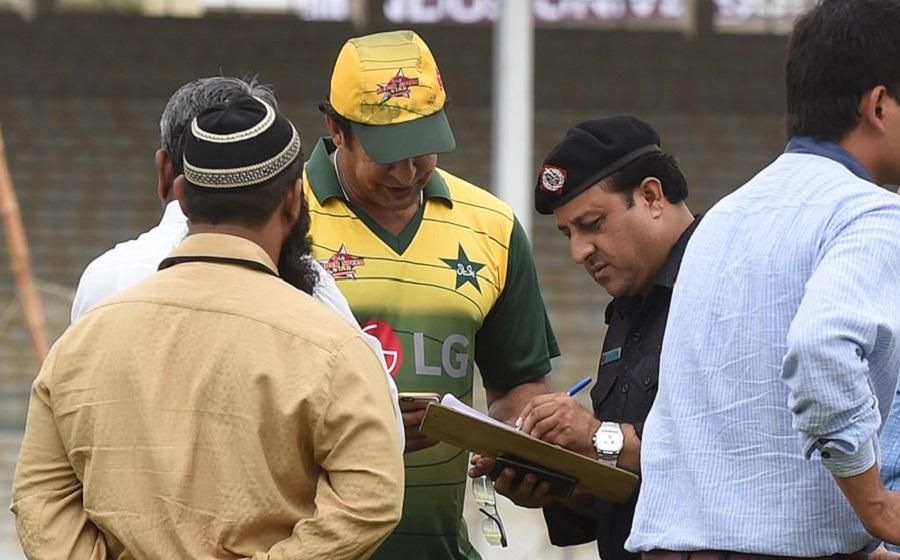May 23, 2012
NEW DELHI – In the months after Garima Gupta's wedding, she cherished one of her presents above all – the mobile phone given to her by an older brother.
The young woman's move from the prosperous town of Karnal in the northern state of Haryana to her husband's family in a small village outside Agra, in neighboring Uttar Pradesh, had meant, as it does for many Indian women, dramatic changes.
May 23, 2012
NEW DELHI – In the months after Garima Gupta's wedding, she cherished one of her presents above all – the mobile phone given to her by an older brother.
The young woman's move from the prosperous town of Karnal in the northern state of Haryana to her husband's family in a small village outside Agra, in neighboring Uttar Pradesh, had meant, as it does for many Indian women, dramatic changes.
Part of the sharp dividing line between the past and her present life was leaving behind her first name as well as her family name, as is common practice in northern India. Kumud Mittal became Garima Gupta, the name chosen for her by her mother-in-law.
"My in-laws were not unkind," the 22-year-old said recently. "But I was just 19, and I had never been outside of Karnal, away from my family, my friends. Their calls and advice made me feel less lonely in a new world."
In India, researchers are just beginning to study the effects that the explosive growth in the mobile phone market has had on women's lives.
For women like Ms. Gupta, access to a mobile phone can break the pattern of marital isolation. At the Barefoot College, a school in the northwestern state of Rajasthan that provides professional training for rural women, the mobile phone allows even illiterate entrepreneurs to compete in the marketplace.
In the state of Gujarat, the mobile phone is central to an innovative scheme that allows rural health care workers to compile information about pregnant women and then text message reminders for checkups and vaccinations.
Ms. Gupta discovered that having access to her own phone had raised her status among her sisters-in-law, who have to share their husbands' phones. Her mobile phone also provided a crucial connection to her own family, especially since her husband's village had no working land lines and, despite her own family's prosperity, Ms. Gupta had little formal schooling and could not read or write. Without the phone, her married life would have begun in extreme isolation.
Access to a mobile phone can enhance women's welfare in other ways. In a recent report, Dayoung Lee, a student researcher at Stanford University in California, noted that "mobile phones significantly decrease tolerance for wife beating and husbands' control issues, and increase women's autonomy in mobility and economic independence." Access to outside support and the knowledge that others may intervene serve as a check on domestic violence.
Mobile phone penetration in India is much higher than for land lines, with around 700 million subscribers, according to the most conservative estimates. (In contrast, India had about 97 million regular Internet users at the end of 2011.) The easy availability and relative affordability of the mobile phone are attractive features — and it sidesteps the barrier of illiteracy in a way that the Internet cannot. According to Indian government figures, only 65.5 percent of Indian women are literate, compared with 82 percent of men.
However, there is also a gender gap in mobile phone access. According to research conducted by the GSMA Development Fund and the Cherie Blair Foundation, only 28 percent of Indian women own a mobile phone, compared with 40 percent of men. An additional 20 percent of women have access to mobile phones through family members or friends.
What holds down the numbers is that many rural women lack the necessary proof of identity and address required of mobile phone users. In some cases, mobile phone connections are bought by men for the women in their household, who do have such proof, in the form of utility bills, driver's licenses or other documents.
Money also determines the availability of mobile phones. In a study of female beauticians, food preparers and fish vendors in Mumbai, Aneela Babar, Judith Shaw and Marika Vicziany found a direct link between income and mobile phone use. Most of the beauticians, who earned the highest wages, owned phones. The fish vendors, who earned the least, could not afford a phone, even though they believed that having one could help them in their business.
The study found that in low-income families, there was typically one mobile phone in the possession of the male head of household, with the women enjoying little or no access.
On occasion, mobile phones have become symbolic of a new — and to some conservative sections of Indian society, threatening — independence among women. An incident in 2010, in which a village council in Uttar Pradesh banned young, unmarried women from using mobile phones, drew much media interest. The village of Lank had experienced several elopements, and the council feared that mobile phones made it easier for men and women to communicate privately. The ban, however, applied only to women, not to young men.
In February, the Indian minister for rural development, Jairam Ramesh, ran into trouble when asked about the shortage of toilets for women — a situation that has affected girls' ability to attend school and women's access to work outside the home.
Mr. Ramesh insisted that what women wanted these days was more phones, not toilets.
"Sanitation is the much more difficult issue," he said. "Now we are talking of behavioral changes, and women demand mobile phones. They are not demanding toilets."
His remark was widely reported as an awkward gaffe and led to many headlines about phones versus toilets.
But Mr. Ramesh may have been on to something, if he had indeed noticed the rising demand among women in rural India for mobile phones.
Toilets are crucial, so much so that the bride's family will now often turn down prospective grooms who cannot provide a bathroom of their own. Now the one technological object that promises to be even more life- altering for the average Indian woman may be the mobile phone.
source: nytimes
















































































































